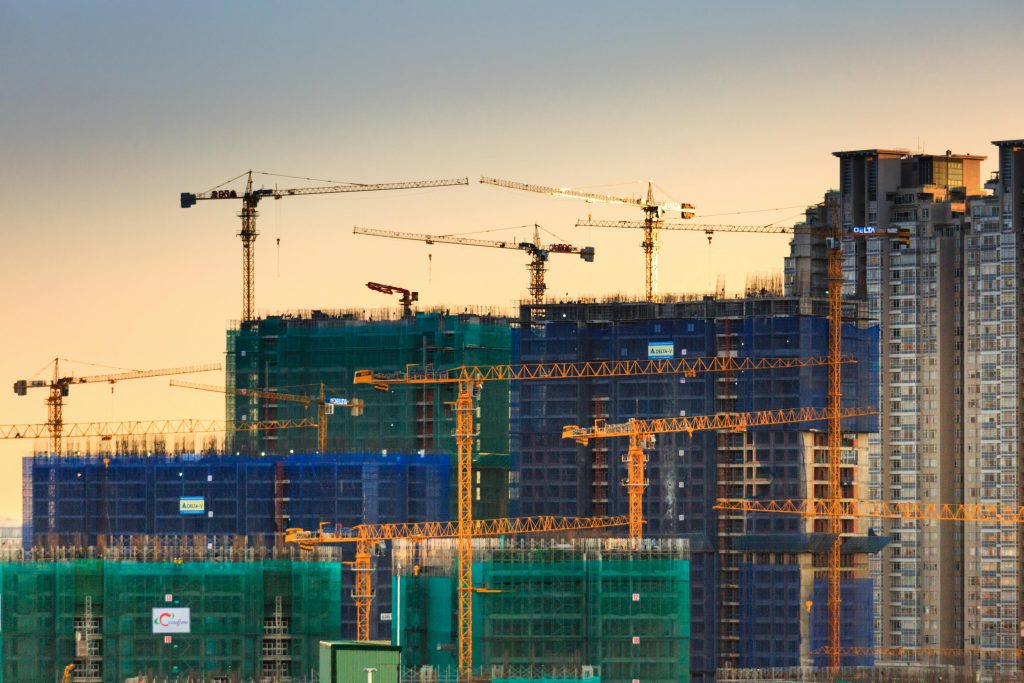- Conduct thorough inspections to identify vulnerabilities in nearby infrastructure and environmental concerns before construction begins.
- Implement protective measures such as temporary structures and proper materials to minimize construction-related damage.
- Maintain ongoing communication with stakeholders and monitor construction activities to manage risks and ensure compliance.
- Conduct post-construction assessments to verify infrastructure integrity and compliance with design standards after project completion.
Construction projects are essential for building and maintaining infrastructure, but they can also pose risks to existing structures and systems. It’s crucial to implement best practices to protect infrastructure during construction projects to ensure safety, reliability, and longevity. This blog will discuss critical practices that can help mitigate potential risks and safeguard infrastructure.
Conduct Thorough Inspections
Before starting any construction project, it’s essential to conduct a comprehensive inspection of the site and surrounding infrastructure. This will help identify any potential vulnerabilities or hazards that could be impacted by the construction work.

Inspections should include assessing the condition of existing structures, utilities, and drainage systems to determine their capacity and integrity. Additionally, it’s essential to check for any potential environmental concerns or protected areas that may require special precautions.
Implement Protective Measures
Once potential risks have been identified, it’s essential to implement protective measures to prevent damage during construction. By taking proactive steps to safeguard infrastructure, you can minimize the likelihood of accidents or failures during construction. Here are four critical protective measures that should be considered:
Install Temporary Structures
Temporary structures, such as shoring or scaffolding, can help protect existing infrastructure from damage during construction. These structures provide additional support and stability to nearby buildings, roads, and utilities.
Use Proper Materials and Techniques
Choosing the right materials and using appropriate construction techniques can also minimize risks. For example, using reinforced concrete or steel structures can provide added strength and durability, while following proper excavation techniques can prevent damage to underground utilities.
Monitor Nearby Infrastructure
During construction, it’s essential to continually monitor nearby infrastructure for any signs of damage. This can include conducting regular inspections and using monitoring equipment such as vibration sensors to detect potential issues.
Don’t Forget Erosion Control
Erosion control is another critical protective measure, particularly for projects near waterways or on steep slopes. Properly installed erosion control measures, such as silt fences and sediment traps, can prevent soil and debris from entering nearby bodies of water and causing damage. A reputable SWPPP (stormwater pollution prevention plan) provider can help ensure compliance with erosion control regulations.
These protective measures should be considered and implemented during all stages of construction, from planning to completion.
Communicate With Stakeholders
Effective communication is critical to ensuring that all stakeholders are aware of potential risks and understand their roles in protecting infrastructure during construction projects. This includes coordinating with utility companies, local authorities, and neighboring property owners to address any concerns or issues that may arise.
Open dialogue can help prevent misunderstandings and facilitate a collaborative approach to risk management. You may also need to communicate with regulatory agencies and obtain necessary permits before beginning construction. This can help ensure that all necessary protective measures are in place and regulations are being followed.
Monitor Construction Activities
Regular monitoring of construction activities is essential for identifying any deviations from the approved plans or specifications that could pose a threat to infrastructure. This may involve conducting regular site visits, reviewing progress reports, and documenting any changes or modifications made during the construction process.

By staying vigilant and responsive to evolving conditions on the site, you can quickly address any issues before they escalate into more significant problems. Additionally, monitoring can help ensure that all construction activities are in compliance with relevant regulations and safety protocols.
Perform Post-Construction Assessments
Once construction is complete, it’s essential to conduct post-construction assessments to ensure that infrastructure has been adequately protected throughout the project. This may involve inspecting newly installed features for compliance with design standards, testing structural integrity where necessary, and verifying that all protective measures have been removed safely.
By completing a thorough assessment after construction, you can confirm that the infrastructure remains intact and functional following the completion of the project. Additionally, this can help identify any potential issues that may require ongoing monitoring or maintenance.
Safeguarding infrastructure in construction projects is crucial for the safety, reliability, and longevity of existing and new structures. Through careful inspections, proactive protective measures, ongoing monitoring, and clear communication with stakeholders, risks can be effectively reduced.
Adhering to these practices ensures construction projects can progress smoothly without harming nearby infrastructure. Furthermore, post-construction assessments are vital to ensure the infrastructure remains secure and to identify any maintenance or monitoring needs. This approach not only protects assets but also builds trust and cooperation among everyone involved, leading to successful projects and sustainable infrastructure development.

